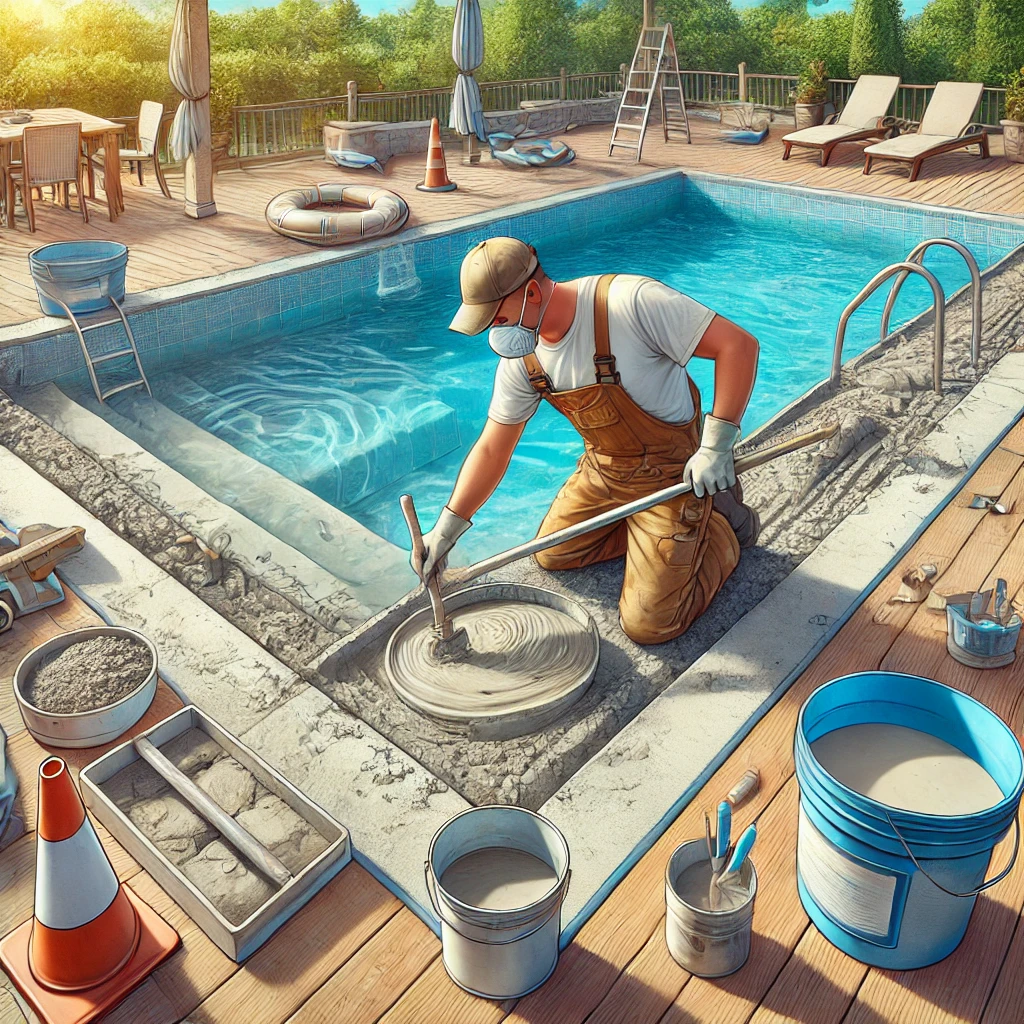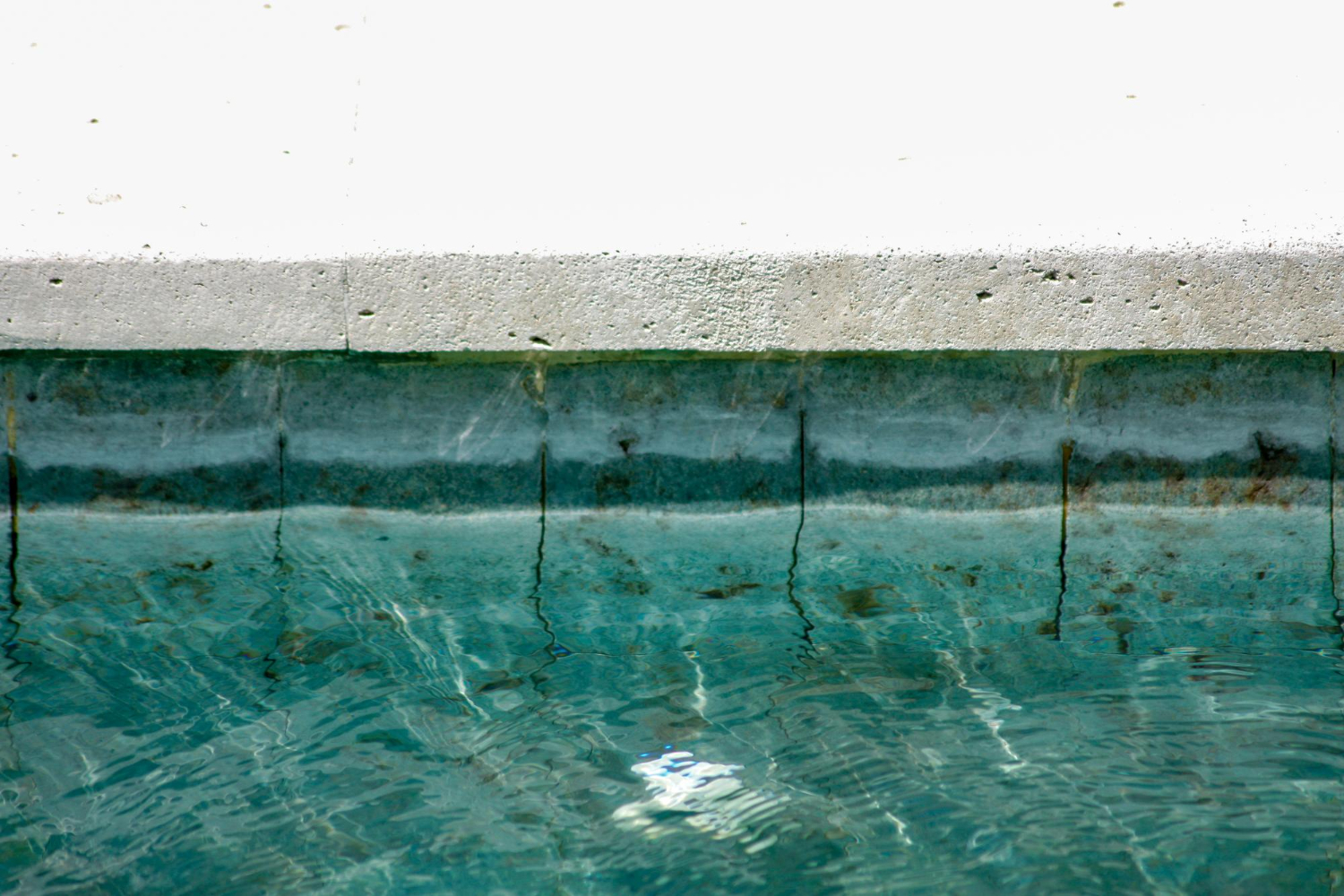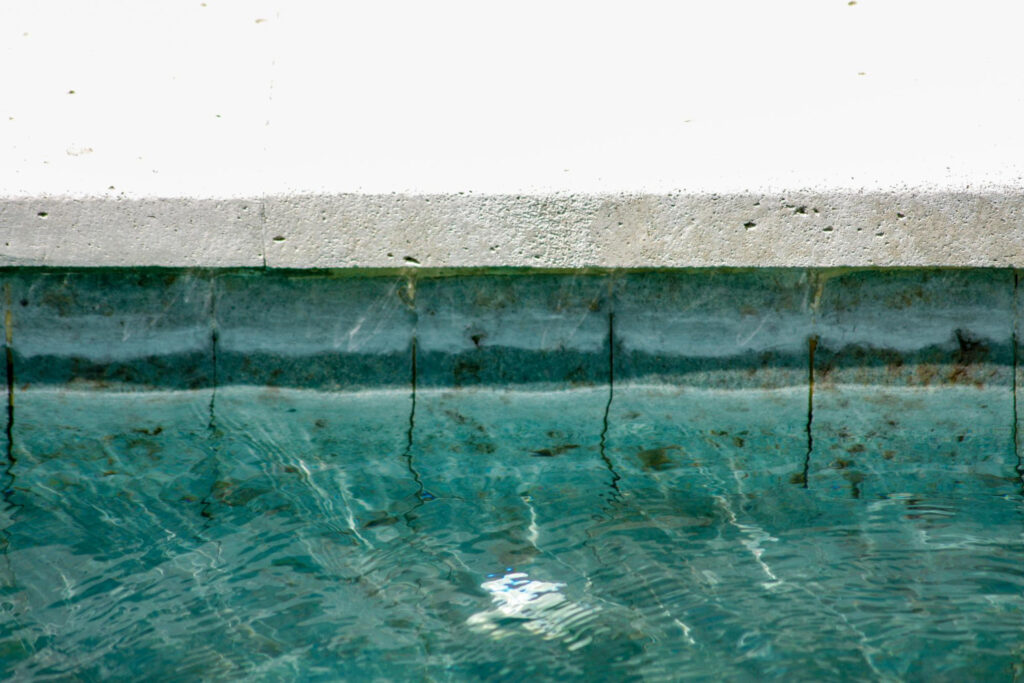As the cold months fade and warmer weather approaches, pool owners in San Jose are eager to dive back into crystal-clear water. But before making a splash, it’s essential to ensure your pool is summer-ready. Prins Pools, a trusted pool contractor with years of experience serving the Bay Area, shares expert tips to help you transition your pool from winter dormancy to summer delight.
Remove the Pool Cover and Clean Debris
The first step is to carefully remove your pool cover. If it’s been sitting for several months, there may be accumulated debris, water, or even algae on the surface. Clean off the cover before removing it to avoid contamination of your pool water. Once removed, give it a thorough rinse, dry it completely, and store it in a cool, dry place to prevent mold and mildew.
Next, skim the pool’s surface and vacuum the bottom to remove any leaves, dirt, or other winter debris. This step will help reduce the strain on your filtration system once it’s up and running.
Inspect and Reconnect Equipment
After months of inactivity, your pool equipment needs a careful inspection. Check the pump, filter, heater, and chlorinator for cracks, leaks, or worn-out parts. Reconnect all components and ensure they are securely fastened. If anything appears damaged or inefficient, it may be time for repair or replacement—something Prins Pools can expertly handle.
Don’t forget to examine hoses, valves, and skimmer baskets. Replacing worn or broken parts early can save money and prevent more serious issues down the line.
Refill and Balance the Water
If your water level dropped during the winter, use a garden hose to refill the pool to its normal operating level. Once the water is at the right level, test the water chemistry using a reliable test kit or have a professional do it.
Balancing your pool’s water is crucial. You’ll want to check:
-
pH level (ideal range: 7.2 to 7.6)
-
Alkalinity (80 to 120 ppm)
-
Calcium hardness (200 to 400 ppm)
-
Chlorine level (1 to 3 ppm)
Shocking the pool with a high dose of chlorine helps eliminate bacteria and algae that may have developed over the winter.
Run the Filtration System
Once your pool is clean and chemically balanced, run the filtration system for at least 24–48 hours. This will help circulate the chemicals, remove any lingering debris, and ensure the water is fully sanitized. Be sure to monitor pressure levels and clean or backwash the filter if needed.
Schedule a Professional Inspection
Even the most thorough DIYer can benefit from a professional inspection. Prins Pools offers expert seasonal services to ensure your pool is safe, efficient, and ready for summer fun. A professional can spot subtle issues, offer maintenance tips, and optimize your system for peak performance. Prepping your pool for summer doesn’t have to be stressful. With a little effort and help from the pros at Prins Pools, your backyard oasis can be ready for months of enjoyment. Whether you need cleaning, repairs, or a complete inspection, trust San Jose’s premier pool contractor to keep your summer plans on track.




